We chose to use the one-way vision film on the tents in order to let the people inside see what’s happening out there.
One-way vision film is a type of perforated vinyl material used to create a visual effect that allows visibility from one side while displaying an image on the other.
The one way vision film can prevent other people from peeking inside. Even more, the film can also help with ventilation and insulation since there are little holes over its surface.
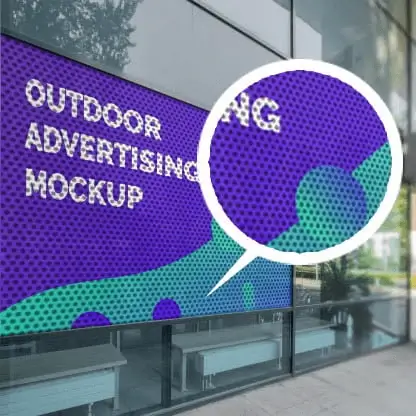

How does the one-way vision film work? Actually the film consists of small, evenly spaced holes (perforations) across its surface. The darker side of the film is painted black.
When one looks at the film on the brighter side, eyes will focus on the black part of the film outside because of the difference of brightness.
When one looks at the film on the darker side, his focus will be behind the little holes, not on the black parts of the film, because the little holes are brighter than the black parts.
In this way, one can see outside in the tent but one can’t see what’s inside the tent when it’s brighter outside.
But that’s when some problems appears . . .
Can we use this technology on outdoor Teepee tents?
After research and investigation, we found fabrics with similar functions. We call it one-way see through fabric.
The fabrics are required to have strong light-shielding properties to enhance the intensity difference of light, and have evenly distributed small holes to provide perspective.
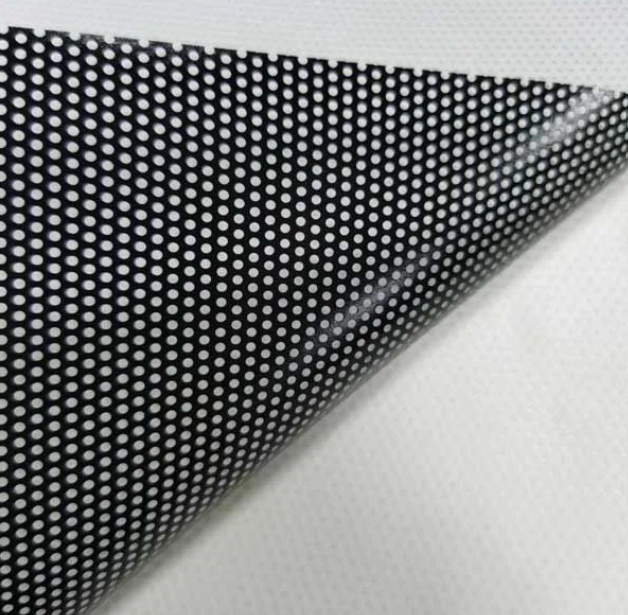
What are the problems with using this fabric to make a tent?
When one use the tent at night, others can see through the film outside but the one in the tent can’t see through the film, because the space inside the tent is brighter than outside at night.
When it rains, the rain may drip down through the perforations and that’s not what we want obviously. How can we stop the rain from flowing through the perforations?
Solving The Problems
So the problem is where to place the one-way see through fabric?
We finally decided to sew the film to the top of the tent, just like this. This can prevent others from seeing what’s inside the tent, thus protecting one’s privacy. And if camper wants to see outside, he just needs to stand up in the tent.
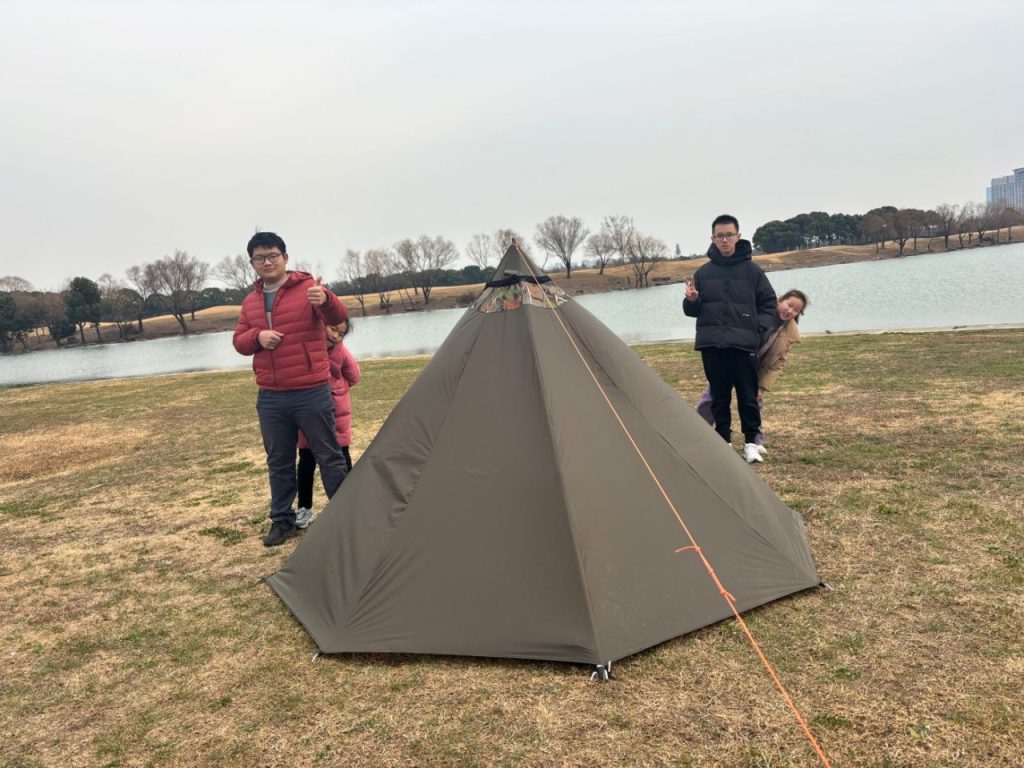
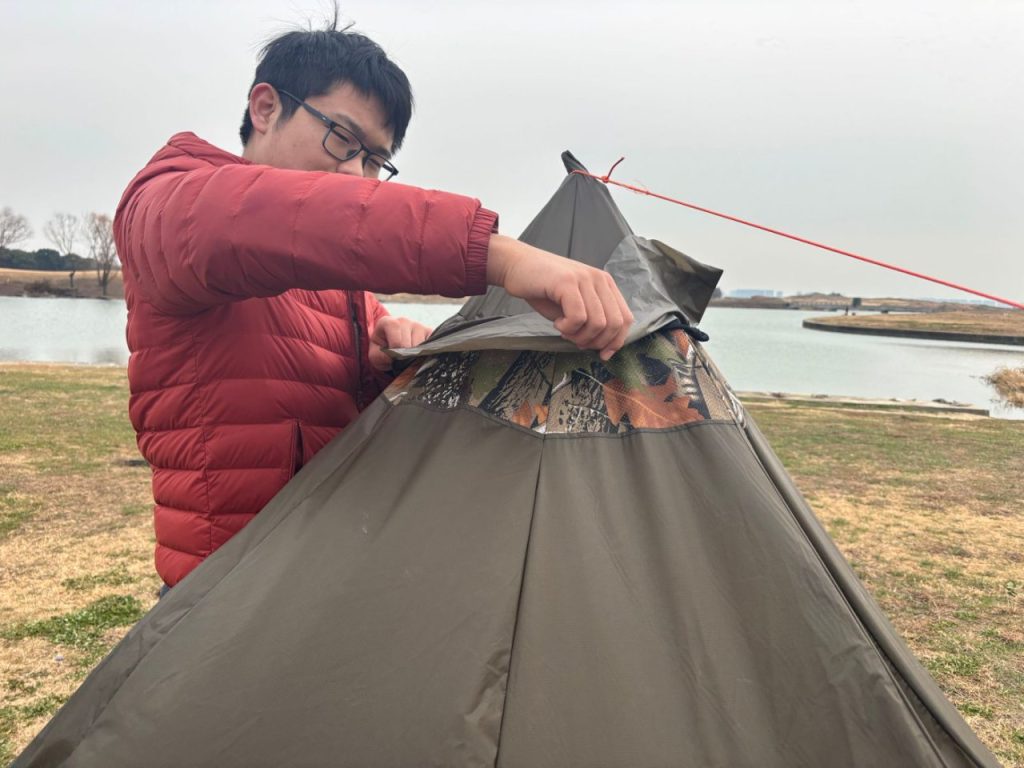
In order to stop the rain from the small holes of the one-way see through fabric(window), we have to use something to cover this part of fabric when it rains.
As you can see, the piece of waterproof fabric (rain shelter) above the one-way see through fabric can cover this area when it’s raining. If it’s not raining, the rain shelter can be packed up and the camper can see through the window again.
The Power of One-way See Through Fabric

Enhanced Safety
The One-way See Through fabric allows campers to observe their surroundings in 360 degrees without opening the teepee. This helps avoid unnecessary exposure and enables them to prepare defensive measures if a wild animal approaches.

Improved Ventilation
The fabric’s small holes function like windows, enhancing airflow inside the teepee. This helps reduce internal condensation, providing a more comfortable and dry environment.
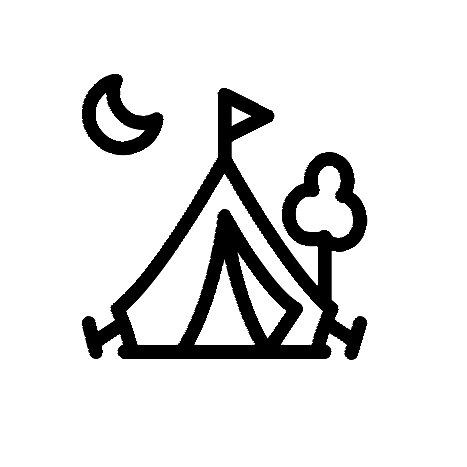
Open Sky Enjoyment
When it’s not raining, the fabric eliminates the need for a rain shelter, allowing campers to relax inside the teepee while enjoying the sky and night views.